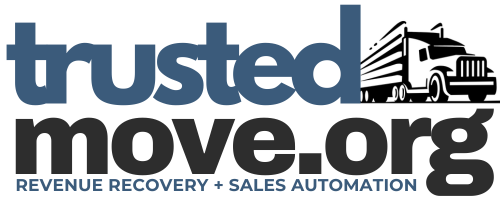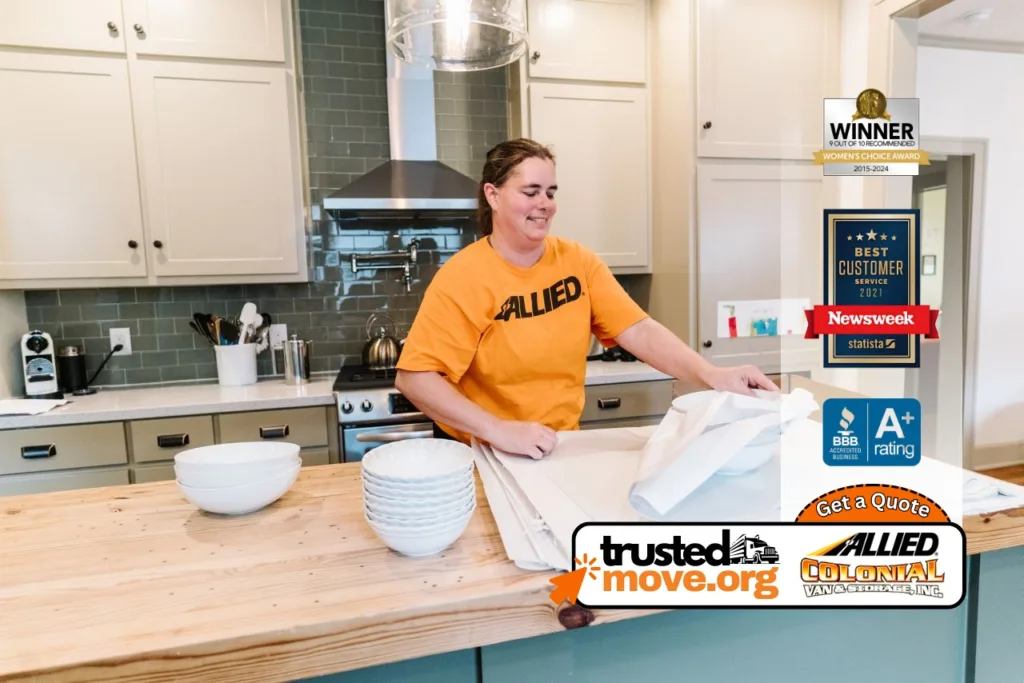Beat the Hidden Costs of Moving
Our Comprehensive Guide
Moving to a new home can be an exciting yet overwhelming process. While many focus on the basics—packing, hiring movers, and getting from point A to point B—it’s the hidden costs that often catch people off guard. Let’s dive into how to beat these hidden costs of moving and make sure your relocation doesn’t break the bank.
1. Back Up Your Digital Data Before You Move
Imagine this: Your moving day arrives, and amidst the chaos, your laptop or smartphone gets damaged. If you haven’t backed up your important files, you could be facing hours—maybe even days—of frustration recovering them. It’s crucial to back up everything: documents, photos, contracts, and anything you can’t afford to lose.
Pro Tip: Use cloud storage services like Google Drive, Dropbox, or OneDrive for easy access during your move. And make sure your external hard drives are packed safely.
2. Create a Floor Plan for the New Home
This may sound a bit OCD, but planning your new home’s layout before moving in will save you both time and money. Here’s why:
- Directing movers efficiently: A clear floor plan helps movers place heavy furniture in the right rooms.
- Minimize rearrangement costs: Avoid wasting time and money by not having to ask your movers to move items around multiple times.
- Ensure proper furniture fit: You don’t want to find out your sofa can’t make it through the door after the move.
Why not create a floor plan digitally? Tools like Roomstyler and SketchUp make it easy to visualize and plan ahead. Ready to make your new home just right? Check out our moving services to get a fixed price proposal and schedule a visit.
3. Budget for Unexpected Expenses
Even the most well-organized move will hit a bump or two. Unexpected expenses can pop up at any moment, and it’s best to be prepared for them.
Here’s a quick list of potential unexpected costs:
- Last-minute repairs on the old home (e.g., patching up holes, fixing broken windows)
- Delays in moving (e.g., weather issues, delayed movers)
- Lost or damaged items, even with the best packing efforts.
In our experience, a good rule of thumb is to set aside an extra $500-$1,000 for emergencies. Trust us, it’s better to be safe than sorry.
4. Prepare an Essentials Box
Don’t make the rookie mistake of packing all your necessities into the boxes that get piled into the moving truck. What happens when you arrive at your new place and can’t find your toothbrush or phone charger?
Here’s what to include in your essentials box:
- Medications and toiletries
- Important documents (ID, lease agreements, contracts)
- A few changes of clothes
- Phone, chargers, and other electronics
This box should go with you, not with the movers. That way, you’ll avoid stress as soon as you arrive.
5. Update Your Address and Contact Information
Yes, it’s a tedious task, but updating your address with all your relevant contacts is crucial for a smooth transition. Not doing so can result in missed bills, tax documents, or critical communications. Here’s what to do:
- Notify USPS for mail forwarding (it’s free for a year)
- Inform banks, insurance companies, and subscriptions
- Update your utility companies and other local services
Fun fact: Missing this can cost you fines or penalties. No one wants to pay for not forwarding mail!
6. Schedule Utility Transfers
One of the most overlooked costs of moving? The disruption of utilities. Imagine arriving at your new home, exhausted from the move, and discovering that the power isn’t on. Yikes.
- Avoid double payments by ensuring that utilities are transferred, not just shut off.
- Set up utilities in advance to avoid long waiting periods.
If you’re moving across states, don’t forget about the cross-state utilities transition! You can check out our cross-state utilities guide for more info.
7. Take Inventory of Valuable Items
We all have precious items: from fine art to luxury furniture. Moving these items safely and securely is key to preventing unexpected costs. Make sure to:
- Document the condition of valuable items with photos.
- List high-value items for insurance purposes.
- Hire a specialized moving company for fragile or high-value items.
Don’t let moving mistakes be a financial setback. Our specialized care can ensure your treasures make it in one piece.
8. Disposing of Hazardous Materials
Not all moving costs come in the form of packing or transporting. Hazardous materials like paint, chemicals, or propane tanks cannot be transported by most movers. And disposing of them improperly can result in fines. Be sure to:
- Follow local disposal guidelines
- Use eco-friendly disposal services if available
- Get rid of outdated materials (e.g., paint or cleaning supplies)
9. Hire the Right Movers (Or Do It Yourself?)
You’re probably thinking, “Do I really need professional movers?” The truth is: It depends. Sure, DIY moving sounds appealing for cost-saving, but it can quickly spiral into unforeseen costs. Consider:
- Hiring professionals for bulky or fragile items (like pianos or heavy furniture)
- Renting a truck for a DIY move but being prepared for time delays or additional fees
The peace of mind knowing your stuff is in capable hands? Priceless. If you want to get a fixed price and avoid any surprises, schedule an in-home visit.
10. Don’t Forget About Your Pets
Pets are often the last thing people think about when moving, but they can be one of the most expensive hidden costs if not properly cared for. Consider:
- Hiring a pet-sitter or boarding your pets for the moving day.
- Ensuring your new home is pet-friendly (fences, pet doors, etc.)
Moving with pets can be stressful for them and you—plan ahead to make it a smooth transition. Need more tips? Visit our moving with pets guide.
11. Tip Your Movers (It’s the Right Thing to Do)
Let’s talk about tips. A lot of people forget to include tips for the moving crew, but let’s be real—good movers deserve it! They’re the ones doing the heavy lifting, making sure your items are safe, and getting your life from one place to another.
Suggested Tip Amount:
- $20–$40 per mover for local moves
- $50–$100 per mover for long-distance moves
Don’t skip this—it’s a small cost that ensures you’ll have happy, efficient movers.
Conclusion: Moving doesn’t have to be an expensive nightmare. By planning ahead, backing up your data, preparing for unexpected expenses, and making thoughtful decisions, you can keep your costs under control.
Remember, to take the stress out of it all, schedule an in-home visit for a fixed price proposal. It’s the first step in making your move smoother, easier, and more affordable.
Got more tips or hidden moving cost questions? Drop them in the comments below!

